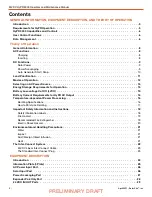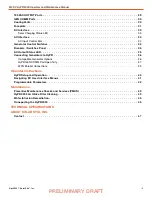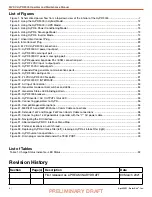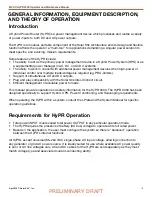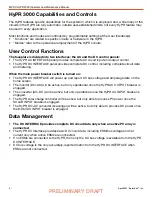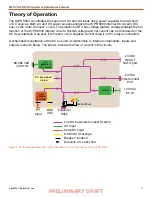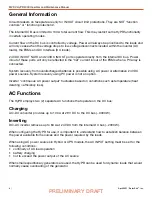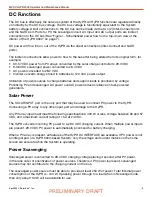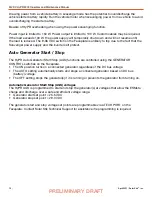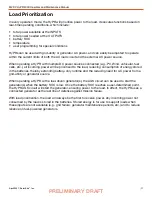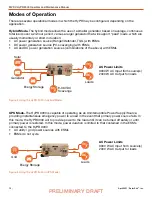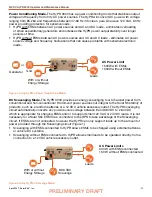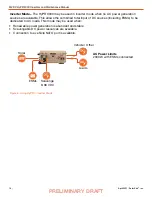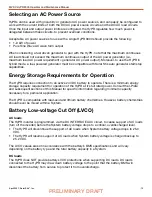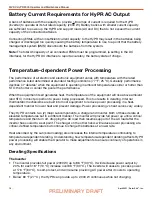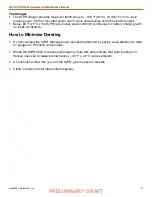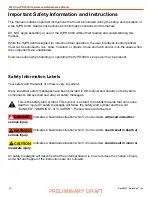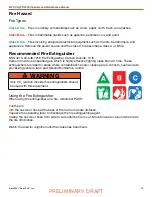
|
5
April 2021
|
Solar Stik
®
, Inc.
PRELIMINARY DRAFT
24VDC HyPR 3000 Operator and Maintenance Manual
GENERAL INFORMATION, EQUIPMENT DESCRIPTION,
AND THEORY OF OPERATION
Introduction
A Hybrid Power Router (HyPR) is a power management device which processes and routes a variety
of power inputs to both DC and AC power outputs.
The HyPR is a modular, portable component of the Solar Stik Architecture and its design and flexible
function affords the operator a “multi-tool” for applications demanding a singular power solution to
meet specific, and evolving, mission requirements.
Some features of the HyPR include:
• The ability to act as the primary power management device in a Hybrid Power System (HPS) or as
a supplemental power manager in AC, DC, or AC/DC systems.
• The ability to work in concert with additional power management devices when high-power or
individual control over multiple loads/voltages is required (eg. PRO-Verters).
• Support of simultaneous AC and DC outputs.
• Plug and play compatibility with the Solar Stik Inter-Connect circuit.
• Efficient management of available power to loads.
This manual provides operation and safety information for the HyPR 3000. The HyPR 3000 has been
designed specifically to support Hybrid, UPS, Power Conditioning, and Scavenging requirements.
When operating the HyPR within a system, consult the I-Plate and the System Manual for specific
operation guidelines.
Requirements for HyPR Operation
• Total power INPUT must exceed total power OUTPUT in any particular operation mode.
• The HyPR requires the presence of battery (DC bus) voltage to operate at its full rated power.
• Based on the application, the user must configure the system so there is “balanced” operation
between the HyPR’s internal functions.
All HyPRs accept universal (85–264 VAC) single-phase AC input voltage, allowing connection to
any generator or grid AC power source. It is ideally suited for use where available AC power quality
is poor or AC line voltages vary. AC and DC cables for the HyPR are sold separately, as they must
match voltage type and associated current-conducting ability.


